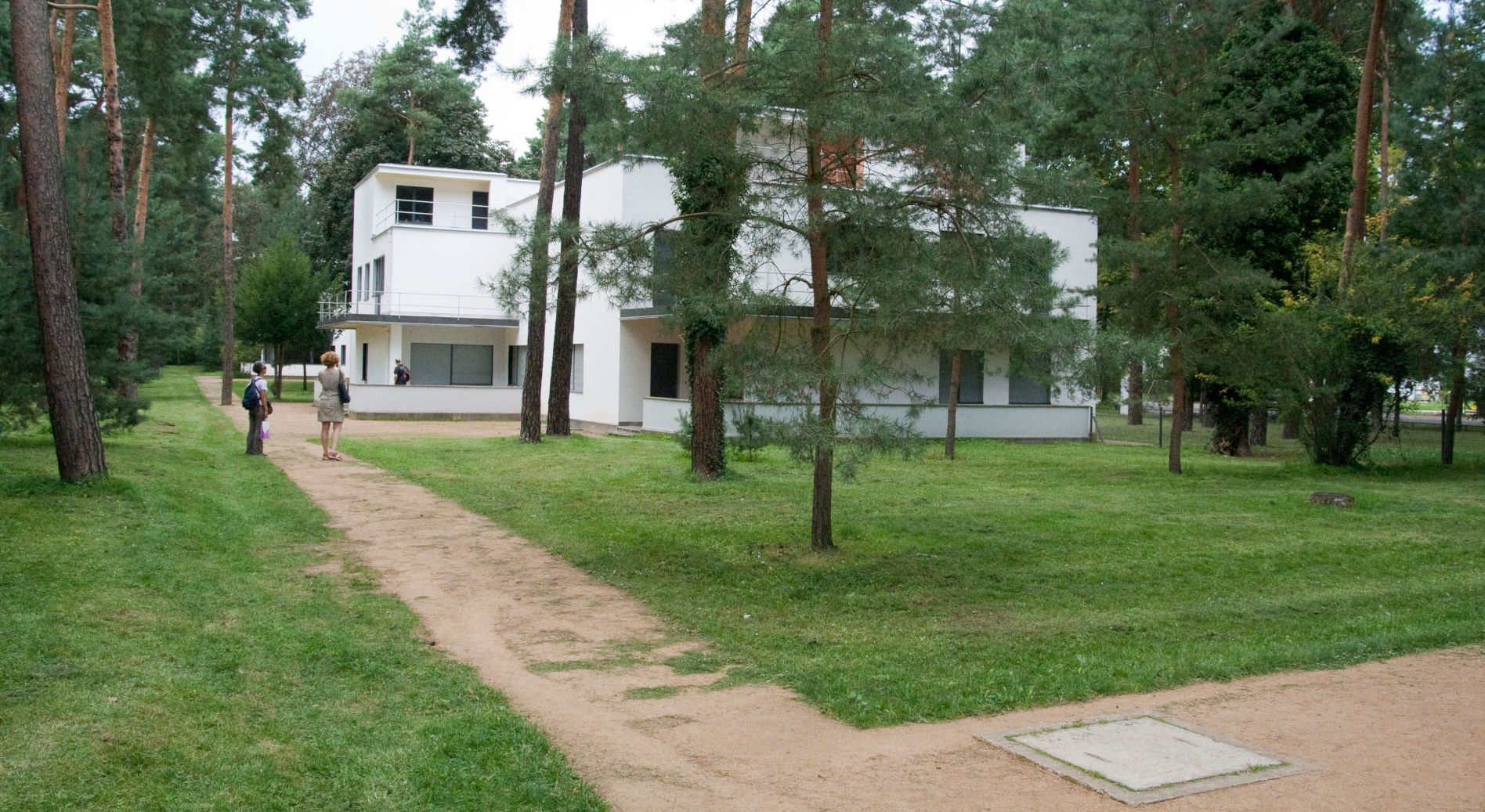The Bauhaus is celebrating its 100th anniversary. What contributions did landscape architecture make to the modernism of the early 20th century?

News
The Bauhaus is celebrating its 100th anniversary. What contributions did landscape architecture make to the modernism of the early 20th century?

There was no garden art class at the Bauhaus, nor was there an open space design teacher. The architects and artists kept to themselves and propagated holism in design and the conscious connection of interior and exterior in architecture. Gropius placed the master houses in Dessau on lawns and between existing pine trees.
The answer to the question is therefore not easy. Dr. Peter Fibich writes in the 1/2019 issue of "Landschaftsarchitekten": "Garden design has been a slow, not infrequently conservative genre of the design professions, which was not always fond of the new, especially in the form of cubic buildings. It also played a role that leading architects of the Neues Bauen liked to see their houses washed by 'wild', undesigned nature, for which there seemed to be no need of garden architecture."
Meisterhaussiedlung in Dessau with the garden of Mr. and Mrs. Kandinsky, Landhaus Lemke in Berlin, the Federal School of the General German Trade Union Federation in Bernau, the gardens of Georg Pniower as "usable residential gardens" - an exemplary examination of the garden art of the time is provided by the following contributions by Dr.-Ing. Sylvia Butenschön and Prof. Heinz Hallmann, who states: "Modernist landscape architecture (...) appeared more temporally stretched, in a closer context with its own history, taking greater account of the new social conditions as content requirements, in a spatial context that spanned several objects, and not least in an expanded conception of nature to be designed by means of a greater variety of plants."
Landscape Architecture
Announcements
Association